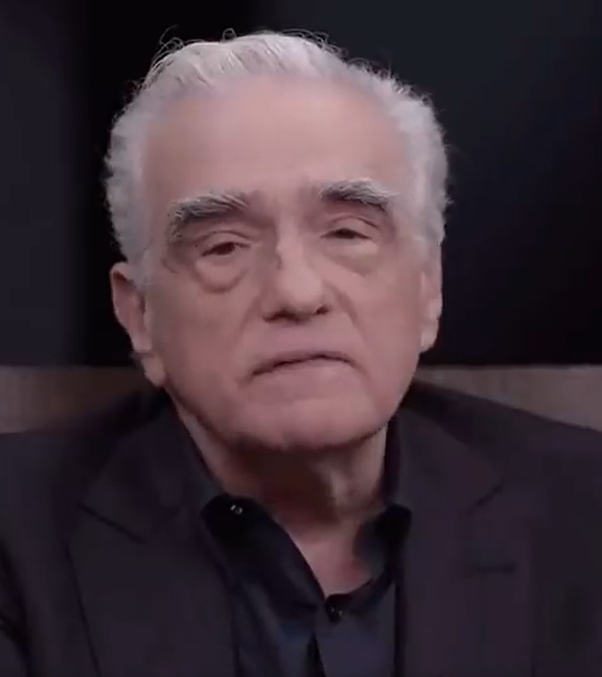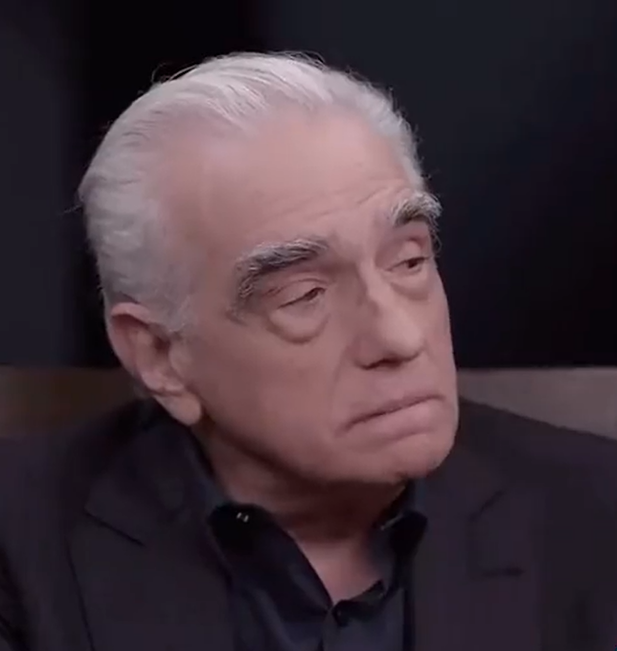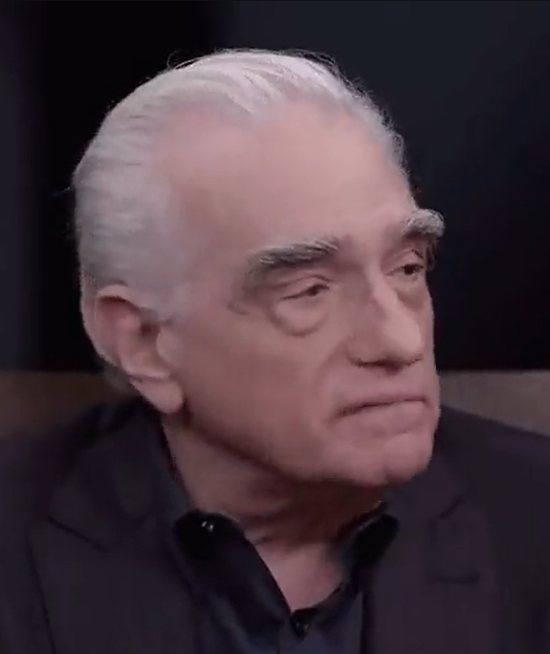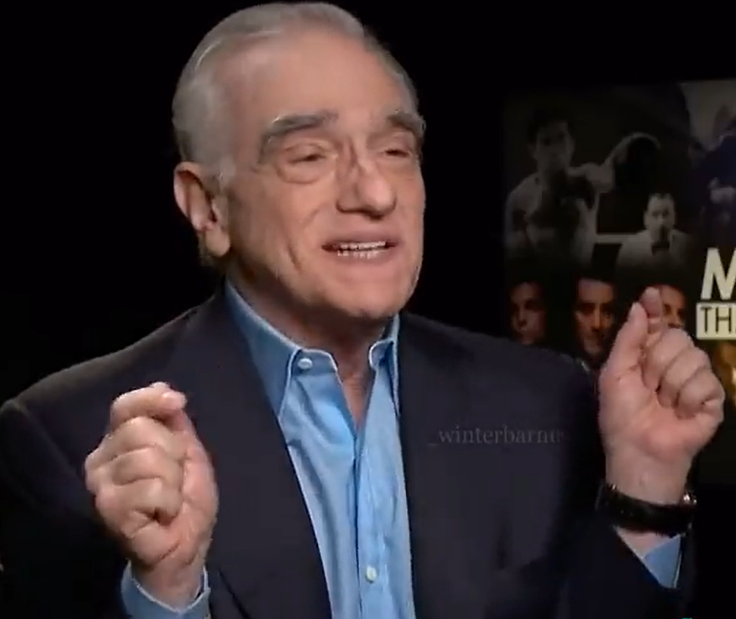
Renowned American filmmaker Martin Scorsese, winner of several Oscar awards and holder of an enviable list of iconic films in his career, shared his passion for cinema in a recent interview with Variety, through CBR. Interestingly, he revealed a certain reluctance to watch his own films in cinemas.
++ Sofía Vergara fires back at Kelly Clarkson for calling her ‘Griselda’ transformation ‘slight’
“I can barely go to the theater,” he confessed. “With someone in front of me, I lose the view of the stage and the quality of the sound… I noticed that the audience became noisier than it used to be.” Despite this discomfort, the director of “Taxi Driver” highlighted the crucial importance of watching films in the cinema and explained that his hesitation is amplified by the fact that he had already experienced the experience during the production phase. His most recent film work, “Killers of the Flower Moon,” received acclaim as one of last year’s standout productions and is currently nominated in an impressive eleven categories at the 2024 Oscars, including the prestigious Best Picture category. The winners are revealed on March 10th.
++ Britney Spears was banned from luxury hotel for topless in the pool
The film’s plot explores the tragic real story that occurred in the United States involving the Osage indigenous community. The beginning dates back to half a century ago, when they were displaced from their original lands in Missouri and Arkansas to be resettled in Oklahoma. In 1920, by coincidence, they discovered a vast reserve of oil in arid and stony lands, which made them rich. Not surprisingly, this awakened the avarice of the region’s white inhabitants, resulting in many marriages to Osage women, with the sole intention of appropriating their land. From that point on, a series of murders of natives unfolded, which forms the core of the film’s narrative.
This story, documented by journalist David Grann, is based on the book that inspired the film, as he himself revealed in an interview with the newspaper El País. “White institutions and the university establishment erased this tragedy from the established historical narrative because the victims were indigenous When you meet the descendants of the Osage, you begin to understand the hell they lived through, a living history for them, a massacre that didn’t happen 300 years ago, but in the 20th century”, said the journalist at the time.







